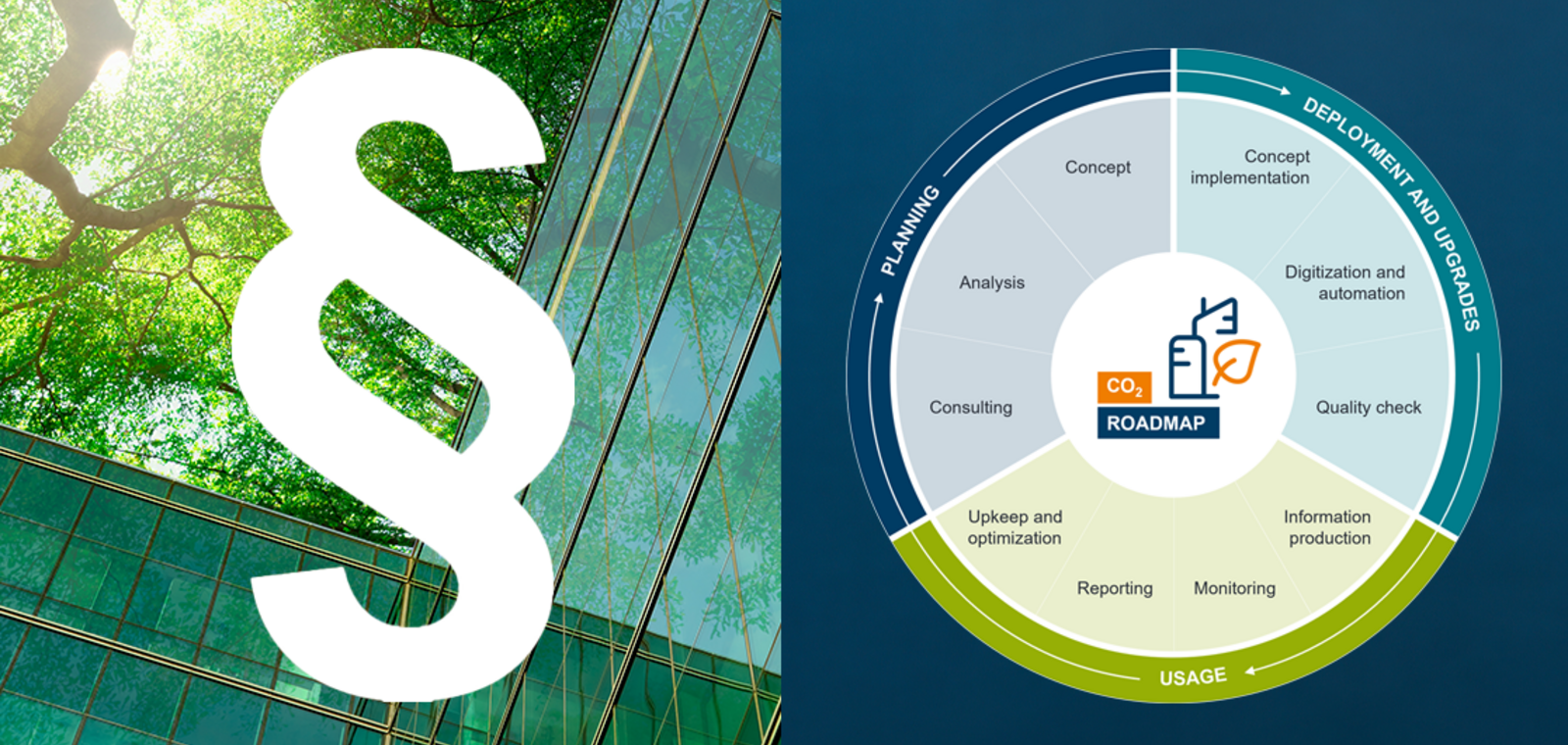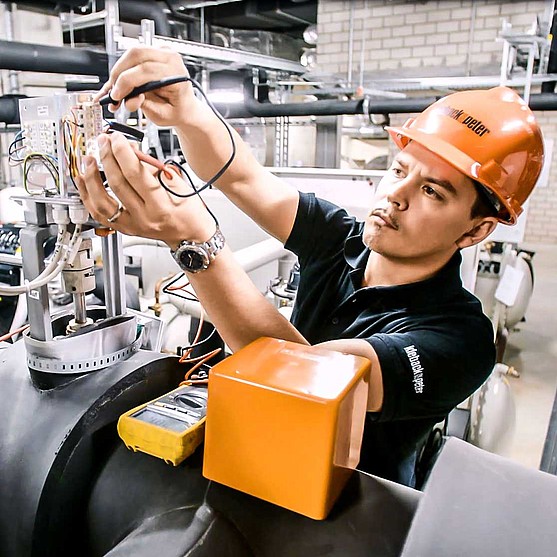§71a GEG – Building Automation: Who is affected and what needs to be done?

The Building Energy Act (GEG) introduces extensive new requirements for operators and owners of residential and non-residential buildings. The legislature has now recognized the potential of building automation and assigned it a central role as a key technology in § 71a "Building Automation." Björn Brecht from Kieback&Peter explain which buildings are affected and what steps owners should take now.
Björn Brecht

Dipl.-Ing. Björn Brecht is the Head of Business Development at Kieback&Peter. With a strong technical background and the ability to turn innovative ideas into successful products, Björn Brecht leads the strategic development of the company. Additionally, he is an active board member of the European Building Automation and Controls Association (eu.bac) and is certified as an ESG Manager. His expertise and innovations have led to several patents.
Which buildings are affected by § 71a?
The GEG, with § 71a, targets residential and non-residential buildings whose combined nominal capacity of heating and ventilation systems exceeds 290 kW. For office buildings, it can be assumed that this capacity is already reached with a usable floor area of 4,000 to 6,000 square meters. This range serves as an initial guideline for property owners. In other types of buildings, such as hospitals, this threshold is often higher. An individual assessment of the building's technical systems is essential in any case.
Why is the nominal capacity important? How is the nominal capacity determined?
For the assessment, the combined nominal capacity of the main units, such as air conditioning systems and boilers, is based on the information provided on the nameplates. It does not matter whether the systems are operated only at partial load or not simultaneously. Currently, the threshold is set at 290 kW of total capacity, at which action is required. However, it is already foreseeable that the EU will lower this threshold to 70 kW in the future, gradually bringing more buildings into focus and holding their owners accountable.
What does the GEG specifically require?
The law mandates continuous monitoring, logging, and analysis of energy consumption for non-residential buildings that exceed the threshold of 290 kW, particularly focusing on main energy sources such as gas, oil, and electricity. The goal of this monitoring is to identify inefficient energy systems and derive optimization measures to advance the decarbonization of buildings. Besides the legal requirements, implementing these measures is also crucial for the long-term preservation of property value.
For new buildings, additional requirements apply, particularly regarding the level of building automation. Here, at least automation level B is required. This level of automation can be roughly described as “demand-driven control,” where only as much energy is used as is actually needed. Implementing this requirement often leads to savings of 30 to 40 percent compared to conventional controls, without compromising comfort or other user demands.
An example of a demand-driven ventilation system is the use of measurement technology to monitor air quality in addition to temperature and humidity. Instead of a theoretical minimum air exchange, ventilation is regulated according to the actual air quality. In winter, this can avoid the unnecessary supply of cold outside air, and only the already good indoor air is reheated, leading to more efficient energy use.







